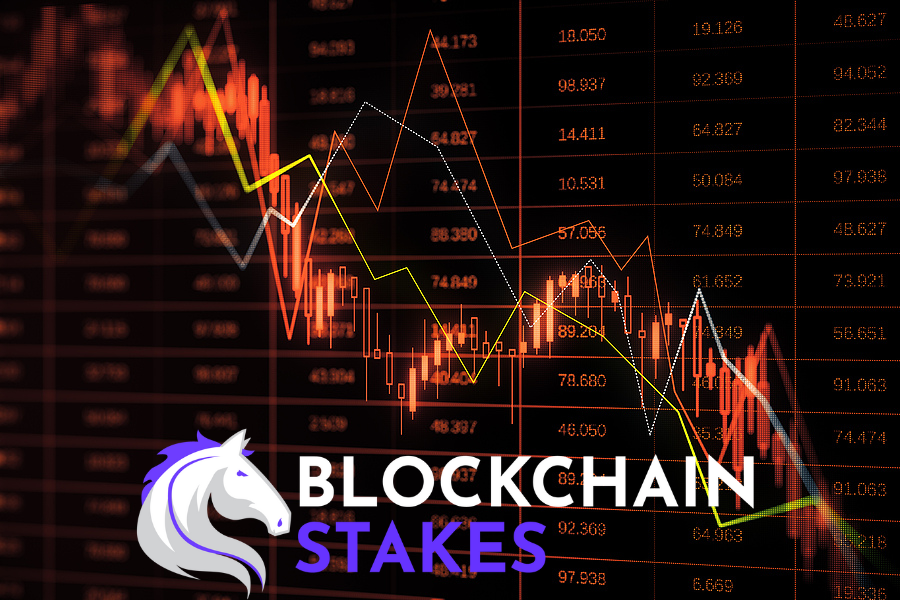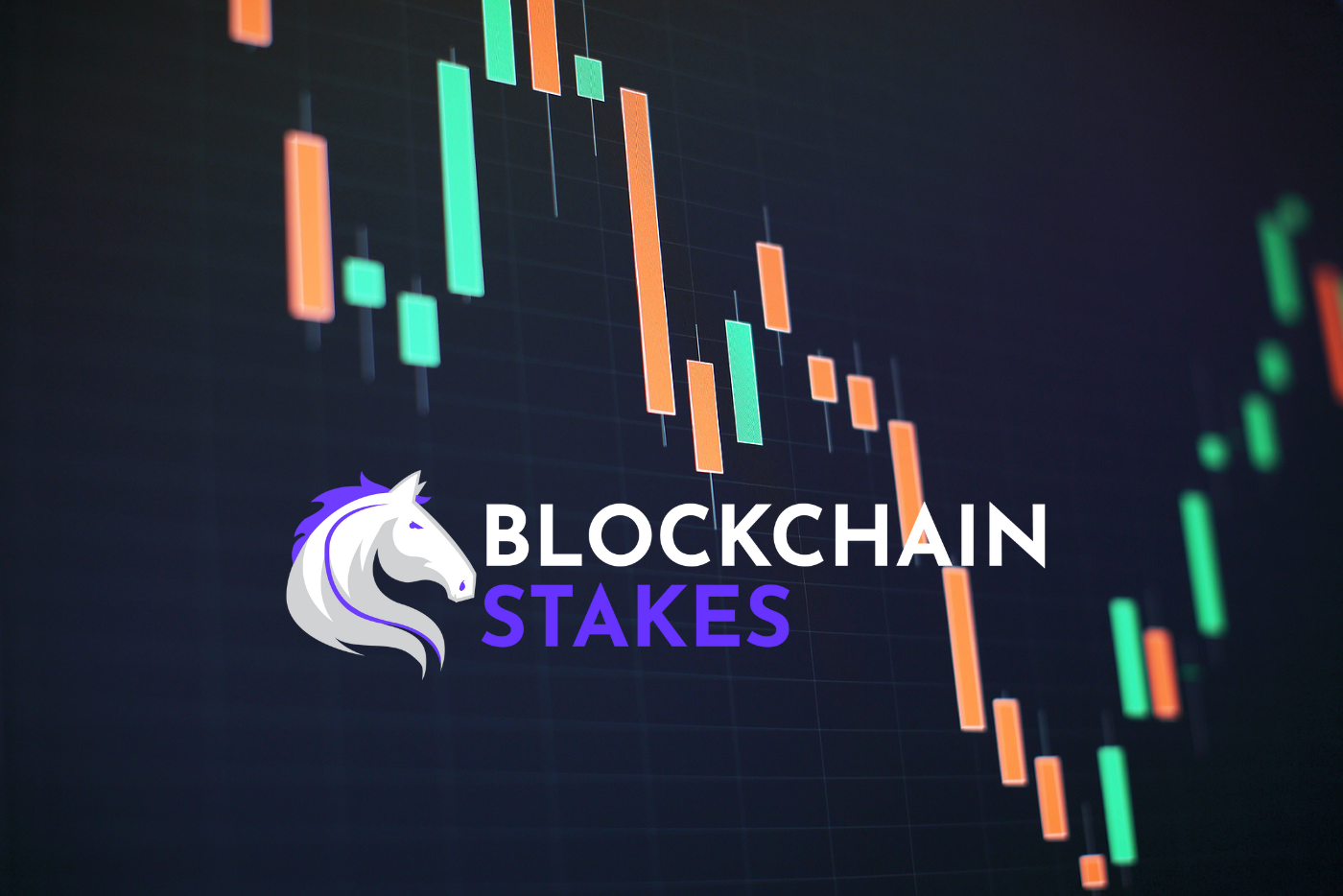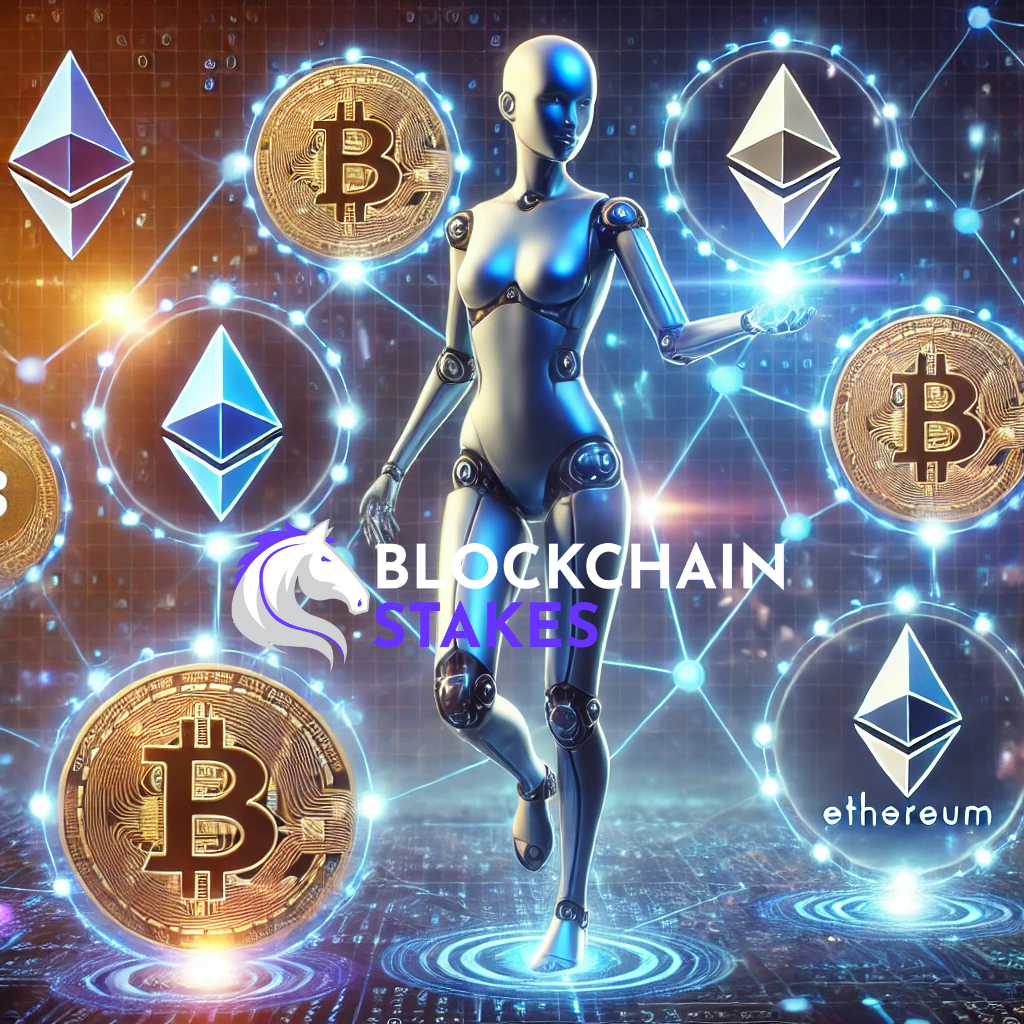The Basics of Solana: A Comprehensive Guide
Solana has emerged as one of the most inventive and intriguing ideas in the quickly developing world of cryptocurrencies and blockchain technology. Solana has drawn a lot of interest from developers, investors, and blockchain enthusiasts due to its blazing-fast transaction speeds and minimal costs. This thorough tutorial will walk you through the fundamentals of Solana, its important features, and its potential impact on the cryptocurrency sector if you’re new to Solana or want to learn more about this ground-breaking blockchain platform.
What is Solana?
A high-performance, decentralised blockchain platform called Solana is intended for creating and deploying cryptocurrency and decentralised apps (DApps). Anatoly Yakovenko came up with the idea in 2017 and it was formally introduced in March 2020. The scalability and speed issues that have plagued many other blockchain networks, including Ethereum, are the main focus of Solana.
Through a novel integration of technologies, including its consensus process, a high-performance programming language, and a ground-breaking data structure, Solana achieves its astounding speed and scalability. Let’s explore these features in more detail.
Solana's Key Features
1. Solana’s Consensus Mechanism: Proof of History (PoH)
Proof of History (PoH), Solana’s novel consensus process, is the cornerstone of its speed and scalability. Solana mixes Proof of Hash (PoH) with a PoS method known as Proof of Stake, Stake, or PoS3, in contrast to conventional blockchains that simply rely on Proof of Work (PoW) or Proof of Stake (PoS) for consensus.Evidence of History (EoH): PoH is a chronological log of all transactions made on the Solana blockchain. It gives transactions a reliable source of time and ordering, enabling Solana to operate at high throughput and low latency. PoH allows Solana validators to agree on the sequence of transactions before block confirmation, which drastically speeds up transaction processing.
Proof of Stake, often known as PoS or PoS3**, is a consensus algorithm that Solana employs. To become a validator, a validator must stake a particular quantity of SOL, Solana’s native money. Processing transactions and putting them to the blockchain are the responsibilities of validators. PoS3 makes ensuring that validators have a stake in the safety and efficiency of the network.
2. Fast Confirmation Times and Low Fees
With the capacity to process up to 65,000 transactions per second (TPS), Solana is renowned for its astounding transaction speeds. The combination of PoH and its high-performance design makes this possible. As a result, Solana provides almost immediate transaction confirmation speeds and incredibly low costs, making it a desirable option for both consumers and developers.
3. Smart Contract Support
Solana allows the creation and execution of smart contracts, just way Ethereum does. Smart contracts are self-executing agreements with established terms and conditions that take effect when certain conditions are satisfied. Developers can use Solana to create decentralised applications (DApps) that make use of smart contracts to enable a variety of functions, including as non-fungible tokens (NFTs) and decentralised finance (DeFi).
4. Ecosystem and Development Tools
The ecosystem of projects and developers using Solana’s platform is quickly expanding. Along with other organisations, the Solana Foundation offers grants and assistance to promote innovation within the Solana ecosystem. In order to assist developers in creating and deploying DApps, Solana also provides a variety of development tools and resources, such as the Solana Development Kit (SDK) and the Solana Wallet.
5. Solana’s Native Token: SOL
The Solana blockchain’s native coin is called SOL. It is essential to the network’s security, stakes, and participation in governance choices. In the Solana ecosystem, SOL can also be used to engage in a variety of DeFi activities, communicate with smart contracts, and pay transaction fees.
How Solana Compares to Other Blockchains
It’s crucial to contrast Solana with other well-known blockchains like Ethereum and Bitcoin in order to comprehend its relevance in the blockchain industry.
Solana vs. Ethereum
Scalability: Solana’s potential to grow is its biggest advantage over Ethereum. Solana can handle transactions at a far better throughput and lower cost than Ethereum, which has struggled with congestion and expensive petrol costs. This makes it more appropriate for DApps that need quick and affordable transactions.Speed: Solana is perfect for applications that require real-time interactions because to its quick confirmation times and high TPS. Ethereum might not be as appropriate for these use cases because to its slower confirmation periods.
Rust, which is renowned for its effectiveness and security, is the major programming language used by Solana. On the other hand, Ethereum primarily makes use of Solidity.
Solana vs. Bitcoin
Speed: Transactions in Solana happen far more quickly than in Bitcoin. While Solana can handle 65,000 TPS, Bitcoin conducts transactions on average at a rate of around 7 TPS. Solana is made for a variety of use cases, including decentralised applications and smart contracts, whereas Bitcoin is basically a digital store of wealth and a medium of trade.
Mining vs. Validation
Bitcoin’s block confirmation relies on mining, which uses a lot of energy. PoS3, which is seen as a more energy-efficient consensus process, is used by Solana.
How to Get Started with Solana
Here are some starting points if you’re interested in learning more about Solana or participating in its ecosystem:
1. Buy SOL: SOL tokens must be purchased in order to use the Solana network. Through several cryptocurrency exchanges where SOL is traded, you can achieve this.
2. Set Up a Wallet: Select a Solana wallet based on your requirements. Sollet, Phantom, and MathWallet are three common choices. Make careful to keep the recovery phrase for your wallet somewhere safe.
3. Explore DApps: Look through the expanding collection of Solana-based decentralised projects and applications. Numerous DeFi systems, NFT marketplaces, and other resources are available.
4. Become familiar: with the Solana Development Kit (SDK) Learn how to utilise the Solana SDK first if you’re a developer interested in creating applications for Solana. For developers, the official Solana documentation offers a wealth of resources.
5. Join the Community : Connect with other enthusiasts, developers, and validators by joining Solana’s online communities on Telegram and Discord. You can share thoughts, ask questions, and keep up with the most recent changes.
Key Takeaway
A blockchain platform called Solana has significantly improved the scalability and speed problems that have dogged the blockchain sector for years. Solana is an appealing option for both developers and users due to its unique blend of Proof of History and Proof of Stake, Stake, or PoS3. It also offers blazing-fast transaction rates, cheap fees, and support for smart contracts.
Keep abreast on the most recent advancements and opportunities inside the network as the Solana ecosystem expands and changes. Whether you’re an investor looking for a blockchain with intriguing prospects or a developer hoping to build decentralised applications, Solana provides a wealth of opportunities in the fascinating realm of blockchain technology.


















